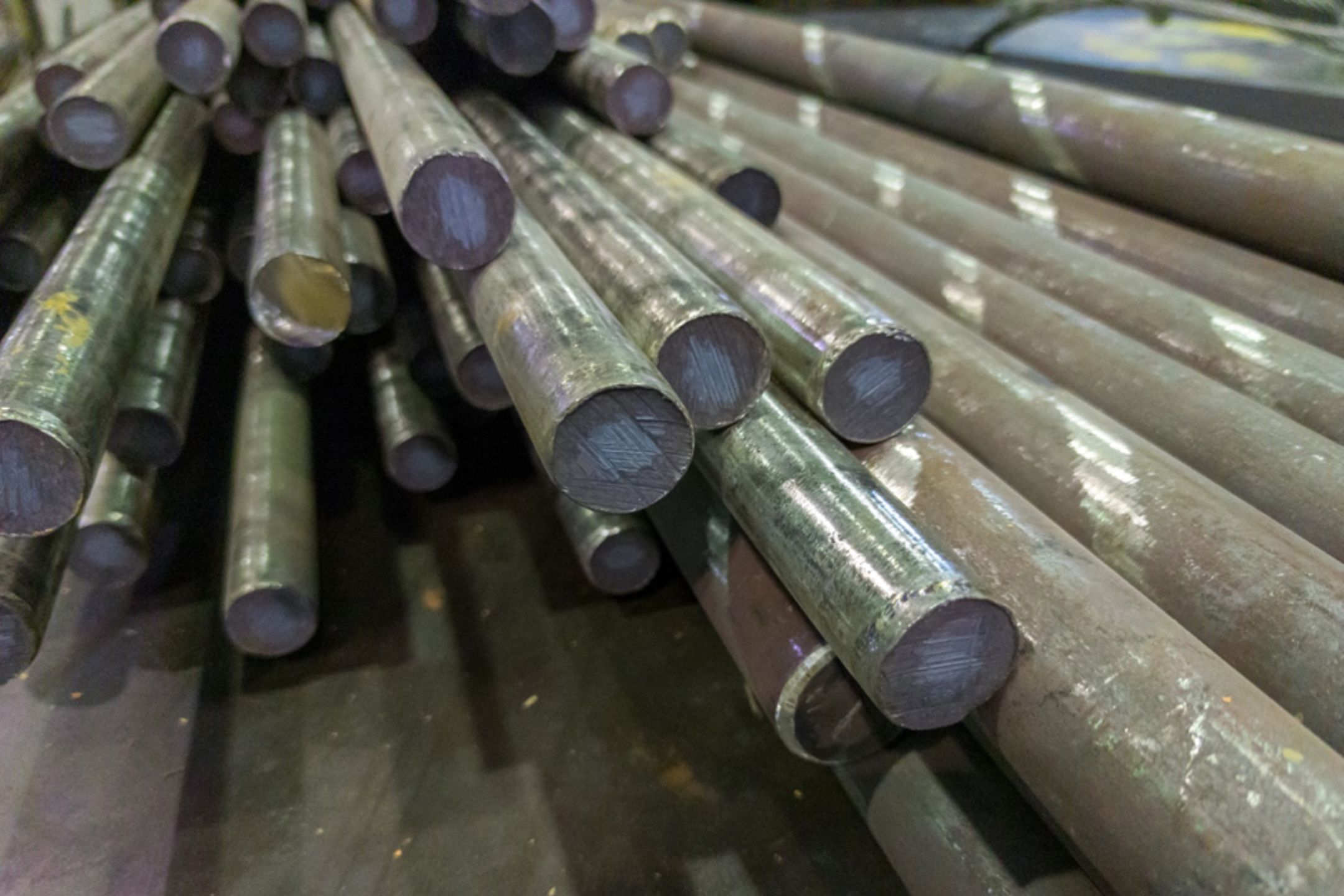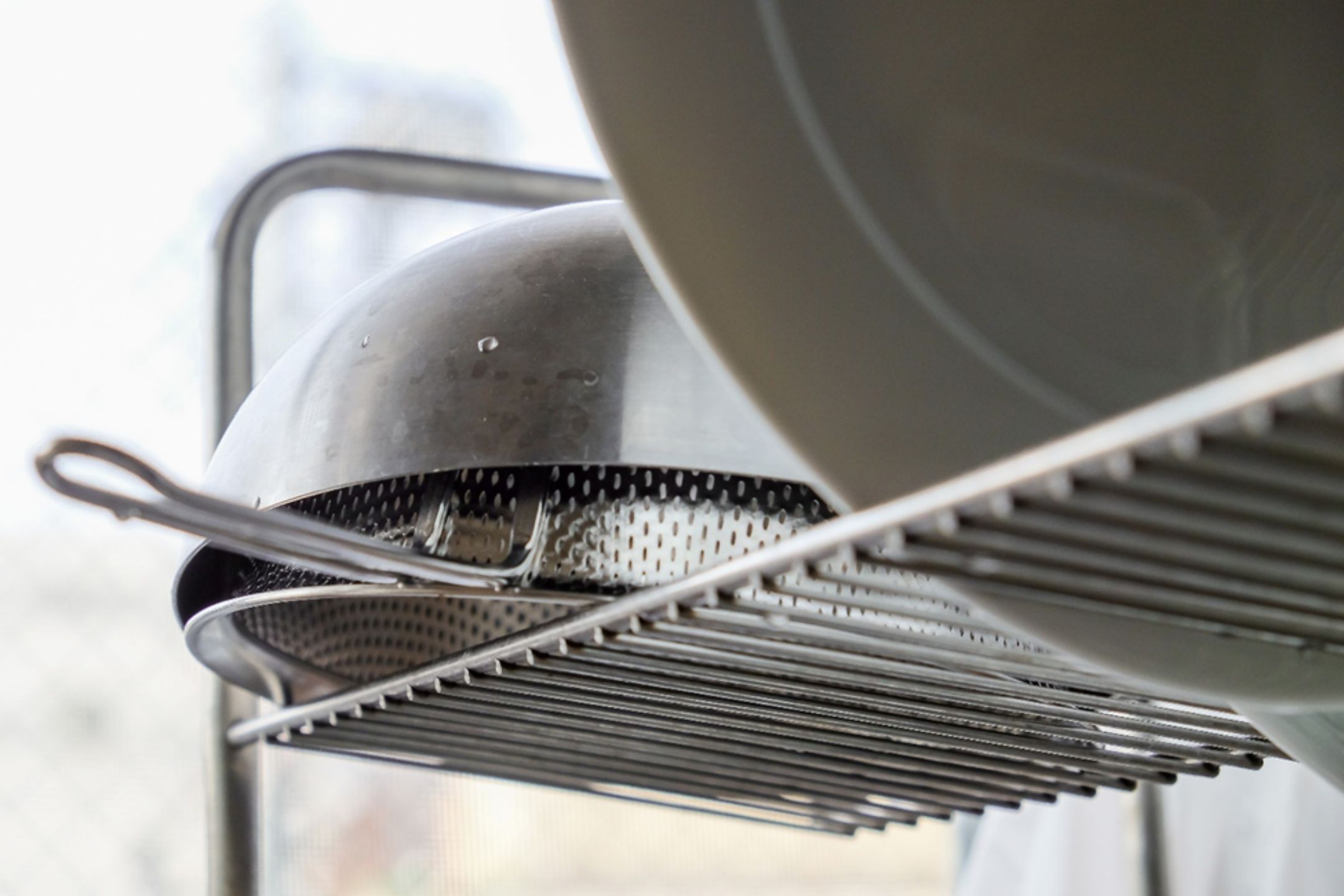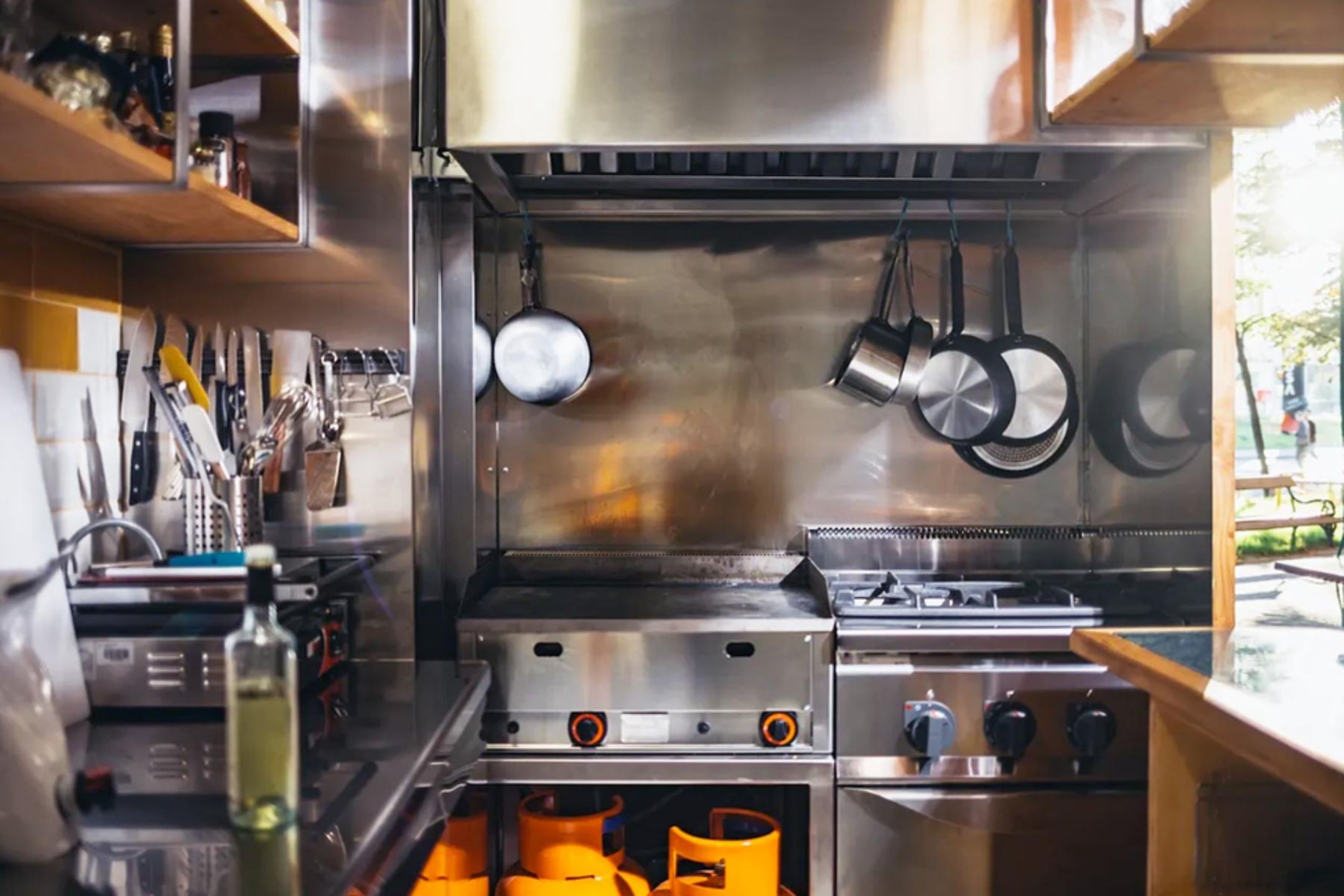In the restaurant industry, the choice of materials for kitchen equipment is crucial for maintaining efficiency, durability, and hygiene. Among these materials, stainless steel stands out due to its resistance to corrosion, ease of maintenance, and aesthetic appeal. Understanding the grades and gauges of stainless steel used in restaurant equipment can help make informed decisions that enhance the longevity and functionality of a commercial kitchen.
Stainless steel offers a combination of properties that make it ideal for a commercial kitchen environment. Unlike regular steel, which can rust and corrode when exposed to moisture and food acids, stainless steel is designed to withstand harsh conditions. The levels of nickel and chromium content in the alloy give it superior corrosion resistance, ensuring that equipment like Stainless steel tables and storage units remain in good condition over time. This durability makes stainless steel a popular choice for a variety of applications, from food preparation surfaces to shelving and ventilation systems.
In a commercial space, where efficiency and cleanliness are paramount, stainless steel’s non-porous surface helps prevent the absorption of bacteria and odors, thus maintaining a hygienic environment. The commercial kitchen environment often involves exposure to high humidity, temperature fluctuations, and frequent cleaning with strong detergents. Stainless steel can endure these conditions without deteriorating, which is a significant advantage over other materials. This resilience not only extends the lifespan of the stainless steel equipment but also ensures consistent performance, making it a reliable material for all types of commercial applications.
What is Stainless Steel?

Stainless steel is an alloy primarily composed of iron, carbon, and chromium. The chemical composition of stainless steel gives it unique properties that are highly valued in the foodservice industry. The chromium content in stainless steel forms a thin, invisible layer of chromium oxide on the surface, which prevents further corrosion. This corrosion resistance is a critical feature that makes stainless steel suitable for commercial kitchens where exposure to water, acids, and salts is frequent.
What is Grade in Stainless Steel?
The grade of stainless steel refers to its chemical composition and specific properties that make it suitable for various commercial applications. Different grades are categorized based on their percentage of chromium, nickel content, carbon content, and other alloying elements. Understanding these distinctions is essential for restaurateurs, dealers, and consultants to ensure optimal material selection, performance, and durability in their projects.
Different Stainless Steel Grades

Understanding the different grades of stainless steel is crucial for selecting the right stainless steel material for your restaurant equipment. Each grade offers a unique combination of properties, such as varying levels of nickel, carbon content, and chromium content. These differences in alloy composition directly influence the material’s corrosion resistance, durability, and visual appeal. In contrast to regular steel, stainless steel provides a superior stainless surface that is essential for maintaining hygiene standards in a commercial kitchen environment.
Stainless steel grades cater to a variety of applications within the restaurant industry, from stainless steel tables to stainless steel flatware. The levels of nickel and percentage of chromium in each grade determine its suitability for specific uses. For instance, some grades are better suited for environments with high humidity, while others excel in dry conditions. By understanding these grades, you can ensure that your kitchen is equipped with materials that not only meet safety regulations but also enhance the aesthetic appeal of your commercial space.
Austenitic Steel
Austenitic steel is the most common type of stainless steel used in the restaurant industry. It contains high levels of nickel content and chromium, providing excellent corrosion resistance and formability. 304 Stainless Steel, which is a type of austenitic steel, is particularly popular in the foodservice industry due to its resistance to corrosion, ease of cleaning, and ability to withstand a humid environment.
Ferritic Steel
Ferritic steel contains a higher level of chromium and a lower level of carbon compared to austenitic steel, giving it good corrosion resistance but less ductility. It is typically used in applications where toughness is not as critical. In the foodservice and hospitality industries, ferritic steel finds application in kitchen equipment and appliances due to its resistance to corrosion from food acids and cleaning chemicals. Its affordability and durability make it a popular choice for manufacturers of commercial-grade ovens, refrigerators, and dining utensils.

Martensitic Steel
Martensitic steel is known for its high strength and hardness. It has a higher carbon content and lower chromium content than other types of stainless steel, making it less resistant to corrosion. However, its durability makes it suitable for stainless steel flatware and other pieces of equipment that require sharp edges and high wear resistance.
Duplex
Duplex stainless steel combines the properties of austenitic and ferritic steel, offering high strength and excellent corrosion resistance. Its dual-phase microstructure makes it ideal for commercial applications where both toughness and resistance to corrosion are required.
What is Gauge in Stainless Steel?
The gauge of stainless steel refers to its thickness. In the United States, the gauge system is used to measure the thickness of stainless steel material, with lower gauge numbers indicating thicker steel. For example, 16-gauge stainless steel is thicker and more durable than 18-gauge. The choice of gauge stainless steel affects the strength, durability, and weight of the equipment, making it an essential consideration in the design process.
Tips on How to Choose the Best Stainless Steel for Your Restaurant Equipment
Selecting the right stainless steel material for your restaurant equipment involves careful consideration of several factors. The following tips will guide you in making informed decisions that ensure the longevity and efficiency of your kitchen. Each section will delve into specific aspects such as the importance of choosing high-grade stainless steel, understanding the implications of different gauge numbers, and aligning your choices with the specific needs of your restaurant.
When making your selections, it’s essential to consider the unique requirements of your commercial kitchen environment. The combination of properties in various grades and gauges of stainless steel determines their suitability for different variety of applications. From stainless steel tables to storage tanks, the right choice can significantly impact the performance and maintenance of your equipment. Whether you are outfitting a small bistro or a large restaurant, the appropriate stainless steel can enhance both the visual appeal and functionality of your commercial space.

You Want High Grade Stainless Steel
When selecting stainless steel for your restaurant, opting for a high grade stainless steel such as 304 Stainless Steel ensures high corrosion resistance and durability. This grade of steel is a popular choice in commercial kitchens due to its resistance to corrosion and ability to maintain a stainless surface even after prolonged use. High grade stainless steel also offers a better combination of properties, including superior aesthetic appeal and ease of cleaning, making it ideal for the foodservice industry. Additionally, its robust alloy composition ensures that it can withstand the demands of a busy commercial kitchen environment, providing long-term reliability and performance.
Check the Gauge of the Stainless Steel
Choosing the right gauge stainless steel is crucial. Thicker steel (lower gauge) is more durable and resistant to dents and damage, which is important for kitchen equipment like stainless steel tables that undergo heavy use. Thinner steel (higher gauge) might be sufficient for lighter applications but is less durable.
Consider the Type of Equipment You Need
Different types of stainless steel equipment require different grades and gauges. For example, stainless steel tables used for food prep should be made of food grade stainless steel to ensure hygiene and safety. Storage tanks and steel work tables might require higher durability and therefore a different grade and gauge.
Consider the Size of the Restaurant
The size of your restaurant impacts the volume of stainless steel equipment needed. Larger restaurants might benefit from investing in higher-grade and thicker-gauge stainless steel for long-term durability and reduced maintenance costs. The size of your restaurant impacts the volume of stainless steel equipment needed. Larger restaurants might benefit from investing in higher-grade and thicker-gauge stainless steel for long-term durability and reduced maintenance costs. Additionally, larger kitchens often require more robust equipment that can withstand frequent use and corrosive environments. Smaller establishments, on the other hand, might opt for a balance between cost and quality, selecting stainless steel that provides adequate durability without exceeding budget constraints. Evaluating the specific demands of your commercial kitchen environment is essential to ensure that the chosen materials will meet your operational needs effectively.

Think About Your Budget
While high grade stainless steel and lower gauge numbers offer superior corrosion resistance and durability, they are also more expensive. Balancing quality with budget constraints is essential. Consider investing in high-quality stainless steel for critical equipment and using more affordable options for less demanding applications. Investing in higher quality stainless steel up front can save money in the long-term because it will last longer and won’t need replacing as frequently. This approach not only ensures the durability and visual appeal of your commercial space, but also reduces maintenance and replacement costs over time, making it a cost-effective choice for the restaurant industry.
Stainless Steel Grade and Gauge Chart
Here’s a table showing different types of grades and gauges used in restaurant kitchens:
| Stainless Steel Grade | Gauge | Properties | Common Uses in Restaurant Kitchens |
| 304 | 16 | High corrosion resistance, durable | Stainless steel tables, prep tables, sinks |
| 304 | 18 | Good corrosion resistance, affordable | Countertops, backplashes, equipment housing |
| 316 | 16 | Superior corrosion resistance, especially to salts | Equipment in high corrosive environments, marine kitchens |
| 430 | 18 | Moderate corrosion resistance, magnetic | Stainless steel flatware, decorative applications |
| 201 | 20 | Lower nickel content, affordable | Light-duty stainless steel tables, utensils |
| 409 | 18 | High-temperature resistance, less corrosion resistant | Exhaust systems, less critical commercial applications |
In conclusion, understanding the grades and gauges of stainless steel is vital for selecting the right stainless steel equipment for your restaurant. The choice impacts not only the resistance to corrosion and durability of the equipment but also its aesthetic appeal and suitability for various commercial applications. By considering factors such as nickel content, carbon content, and chromium content, as well as the specific needs of your commercial kitchen environment, you can make informed decisions that ensure the longevity and efficiency of your kitchen operations.
 +1 (905) 825 9665
+1 (905) 825 9665


